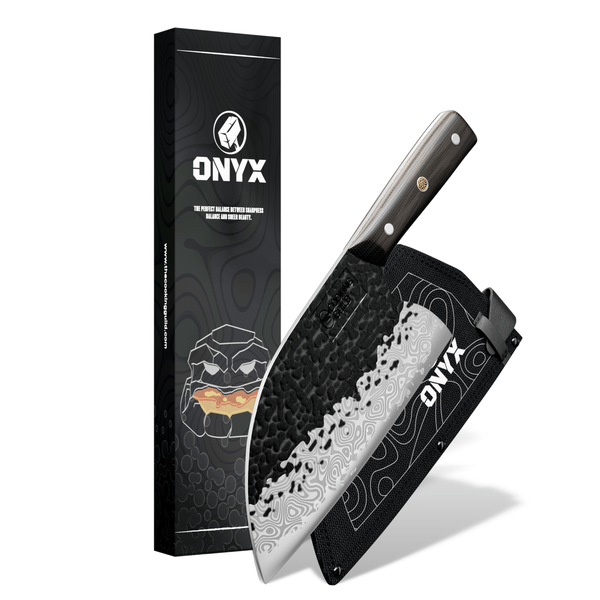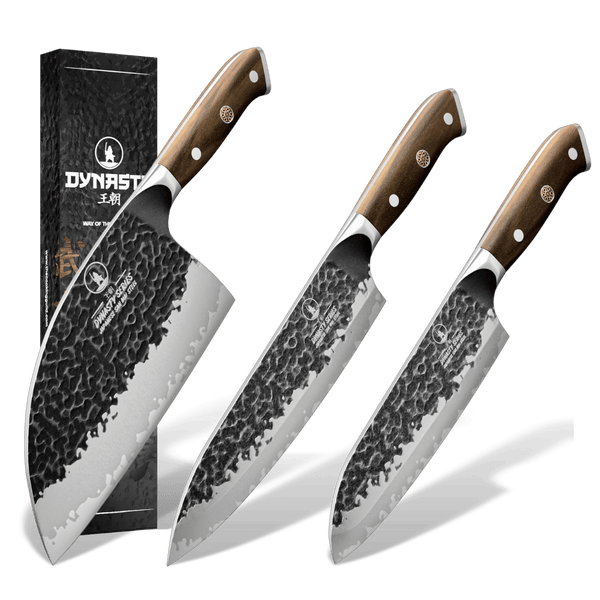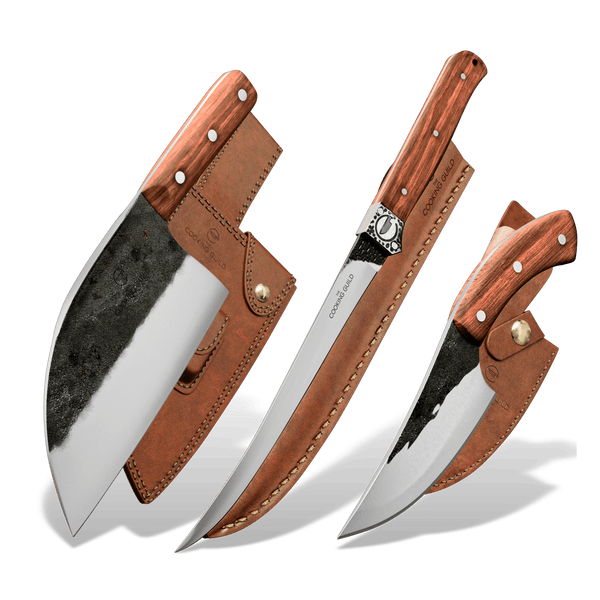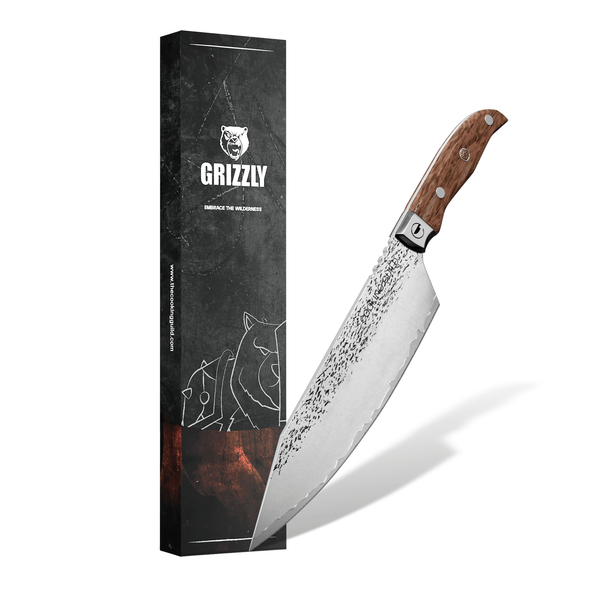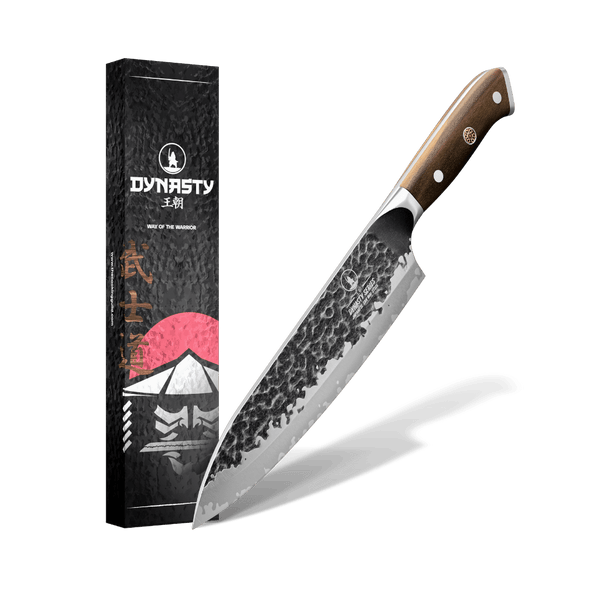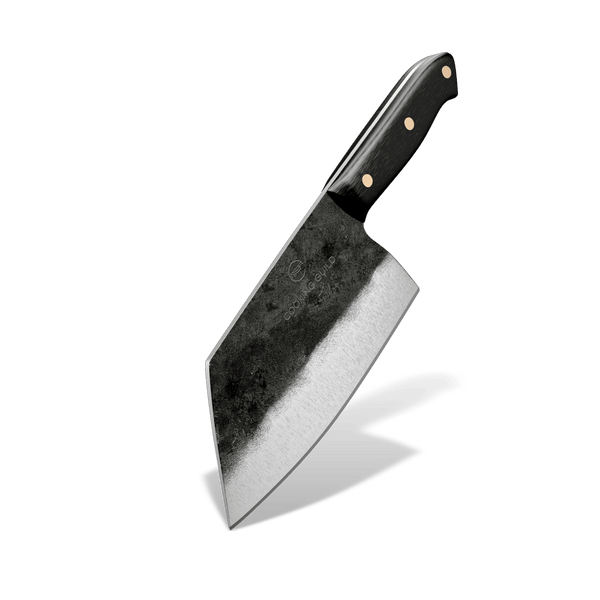All orders ship within 24 Hours of order.
Recommended products
-
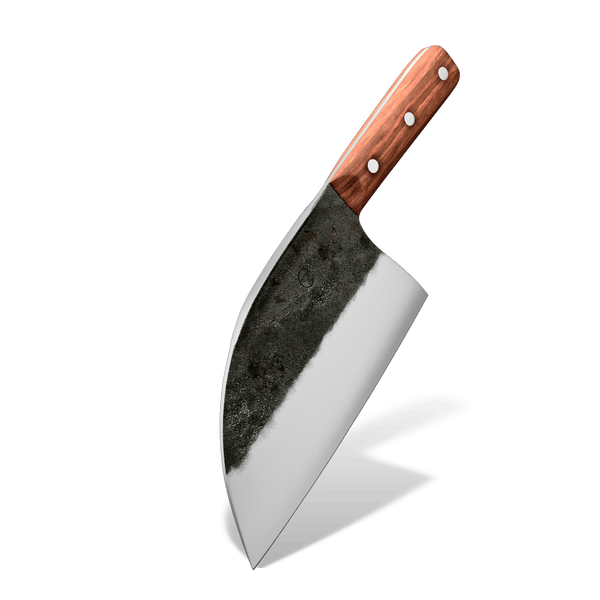
Rustic Hand Forged Serbian Cleaver
40 reviews5.0Rated 5.0 out of 5 stars217 ReviewsRegular price
$119.99Sale price $83.99 -

Hanta Hand Forged Precision Knife
149 reviews5.0Rated 5.0 out of 5 stars217 ReviewsRegular price
$109.99Sale price $76.99 -
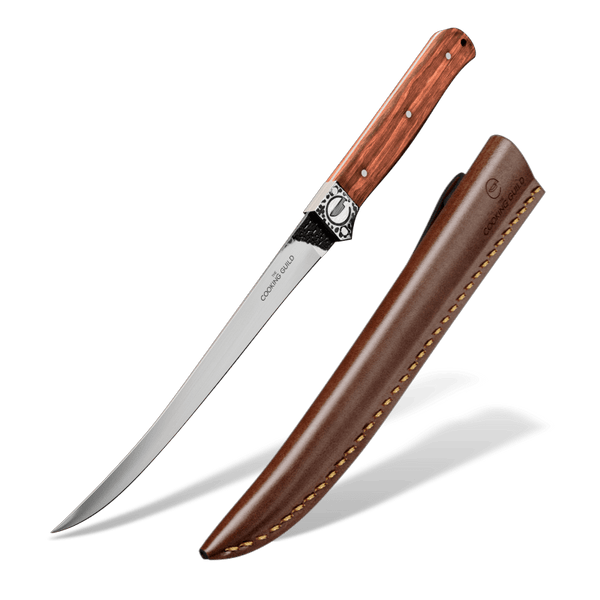
Bushcraft Fillet Knife
188 reviews5.0Rated 5.0 out of 5 stars217 ReviewsRegular price
$109.99Sale price $76.99 -
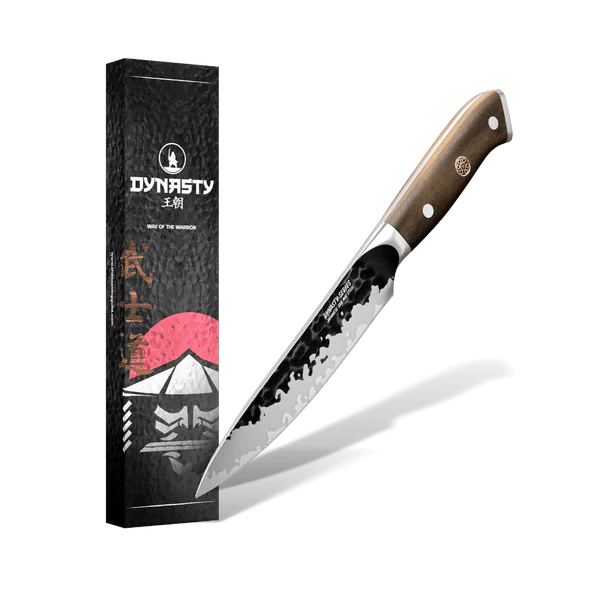
Dynasty Series Paring Knife
291 reviews4.9Rated 4.9 out of 5 stars223 Reviews$89.99








